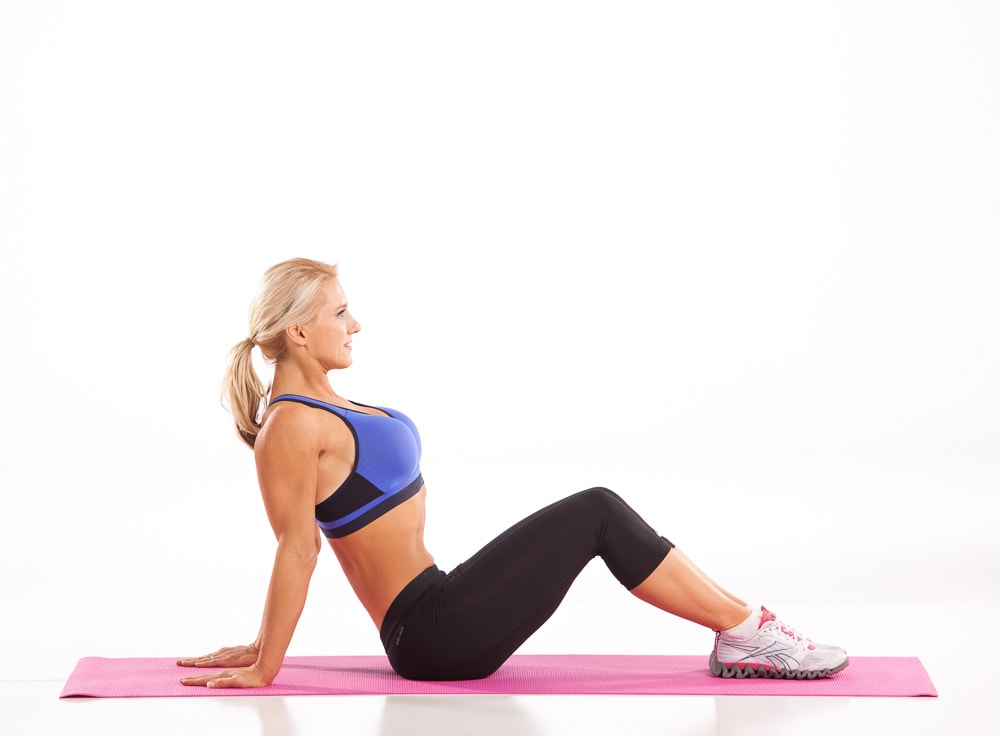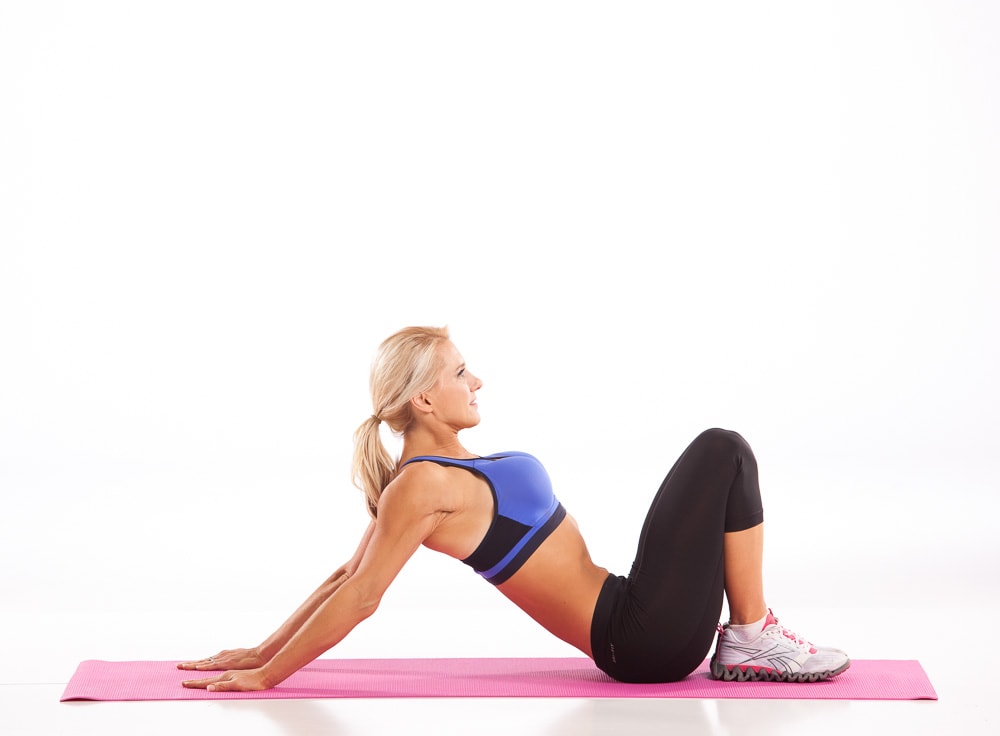

Floor Shoulder Stretch for Flexibility
What is the floor shoulder stretch for flexibility and who should do it?
Ah, the seated floor shoulder stretch. Who doesn’t love a good flexibility stretch that can help ease the tension in their upper body? Let’s be honest, most of us spend way too much time hunched over our phones or slouching at our desks, so this stretch is perfect for anyone who wants to undo some of that damage.
But let’s not forget about the athletes out there! If you’re someone who loves to throw, swim, or pump iron, you know how important it is to keep those shoulders limber and injury-free. That’s where the floor shoulder stretch for flexibility comes in – it can help improve your range of motion, reduce your risk of injury, and boost your overall performance.
Of course, as with any stretch, it’s important to listen to your body and not push yourself too hard. If you’ve got a wonky shoulder or any other condition that could be aggravated by this stretch, it’s always a good idea to check in with a doctor first. And if the stretch just doesn’t feel right to you, that’s totally fine – everyone’s body is different, so there’s no shame in modifying or skipping it altogether.
How do you do a floor shoulder stretch for flexibility?
- Begin by sitting on the ground with your legs bent at approximately a 90 degree angle.
- Reach your hands behind your glutes on the floor with your fingertips facing back, away from your body.
- To being the stretch, slowly scoot your glutes and hips closer to your feet without allowing your feet to move position. This will open the chest, increasing the angle between your arms and upper body.
- Maintain hand placement about shoulder width apart and keep arms as straight as possible. You will feel a gentle stretch through the arms, shoulders (deltoids), and through the chest (pectoral) muscles.
- Maintain the floor shoulder stretch for flexibility between 15-30 seconds, gently settling into the movement. Take deep, cleansing breathes as you hold the stretch.
- To release, bring your hips back under your shoulders or sit up forward out of the stretch.
- Repeat 2 to 3 times, or as desired.
Remember to take your time with this stretch and never force your body into a position that causes pain or discomfort. If you find this stretch too challenging, you can modify it by using a towel or strap to hold onto instead of interlocking your fingers.
Overall, the seated floor shoulder stretch is a great way to improve shoulder flexibility and reduce tension in the upper body. By incorporating this stretch into your regular exercise routine, you can help prevent shoulder injuries and improve your overall physical health and well-being.
Why is shoulder flexibility important?
Having good shoulder flexibility is important for a few key reasons. First and foremost, it can help prevent shoulder injuries during physical activities that involve overhead movements, such as throwing, swimming, and weightlifting. This is because having adequate shoulder flexibility allows your shoulder joint to move through its full range of motion, which reduces the risk of straining or injuring the muscles and tendons in your shoulder.
In addition to injury prevention, good shoulder flexibility can also improve your posture. When you have good shoulder flexibility, you’re able to keep your shoulders back and down, which can prevent rounded shoulders and a hunched back. This not only looks better but also helps prevent discomfort and pain in the neck, shoulders, and upper back.
Another benefit of maintaining good shoulder flexibility is that it can increase your range of motion. This can come in handy in your daily life, such as reaching for items on high shelves or participating in sports like tennis or basketball.
Lastly, improving your shoulder flexibility can also help alleviate pain and discomfort in the shoulders, neck, and upper back. By stretching and strengthening the muscles around your shoulder joint, you can reduce the risk of future pain and improve your overall physical health and performance.
Overall, shoulder flexibility is crucial for maintaining optimal physical health and preventing injuries. Whether you’re an athlete or just looking to improve your overall fitness and well-being, it’s important to prioritize shoulder flexibility as part of your exercise routine.
Find out more about Online Personal Training with Julie

